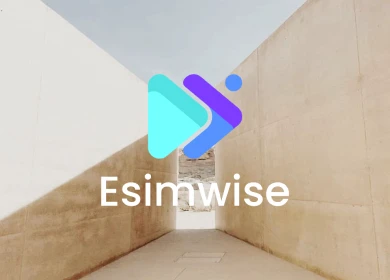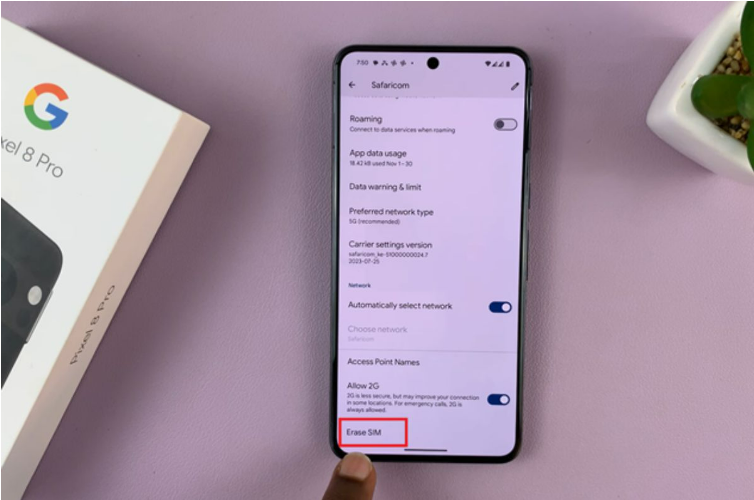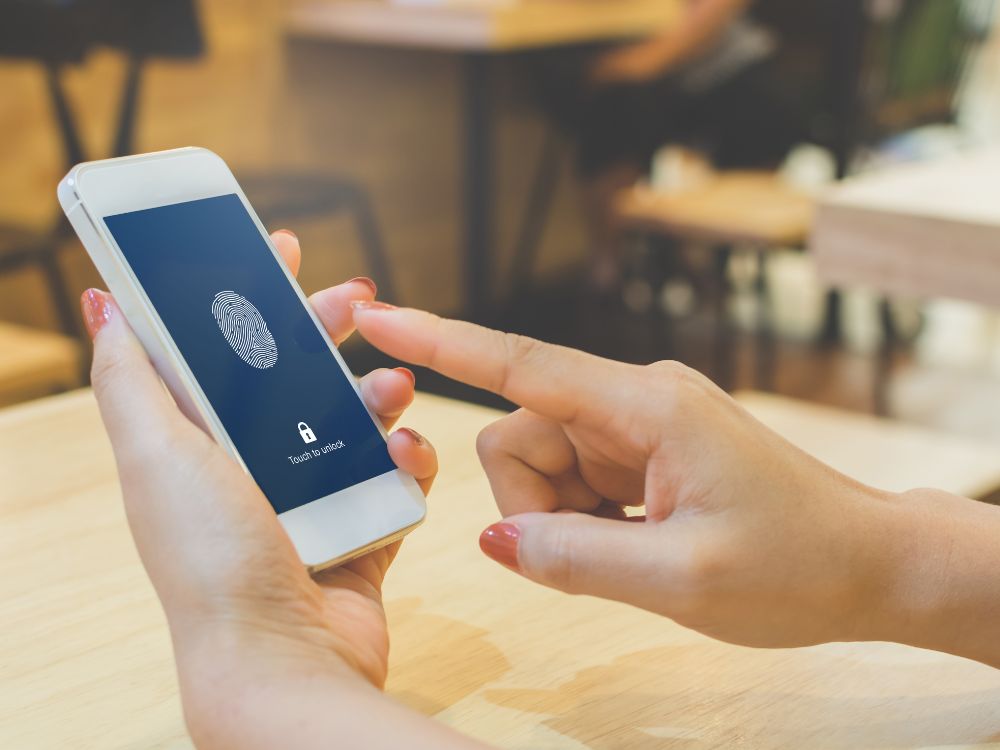Netflix is one of the most popular video streaming services, with over 250 million subscribers worldwide. And I am a fan of Netflix too!
Of course, when I am traveling, I also want to enjoy some movies at night after a day wandering outside. The first time I used Netflix abroad, I just wondered – how much data does Netflix use?
Typically, the data usage of Netflix ranges from 0.3GB to 7GB per hour. Continue reading as I explained it clearly!
Does Netflix use data?
Yes, watching videos on Netflix requires an internet connection and uses data. The amount of data consumed depends on the video quality, length of content, device used and other factors.
Unlike linear television broadcasts which are transmitted continuously, Netflix delivers video streams on-demand, only when you request them. This requires constant data transfer for the duration of the video. Higher video quality like 4K uses more data as there is more visual information being transmitted.
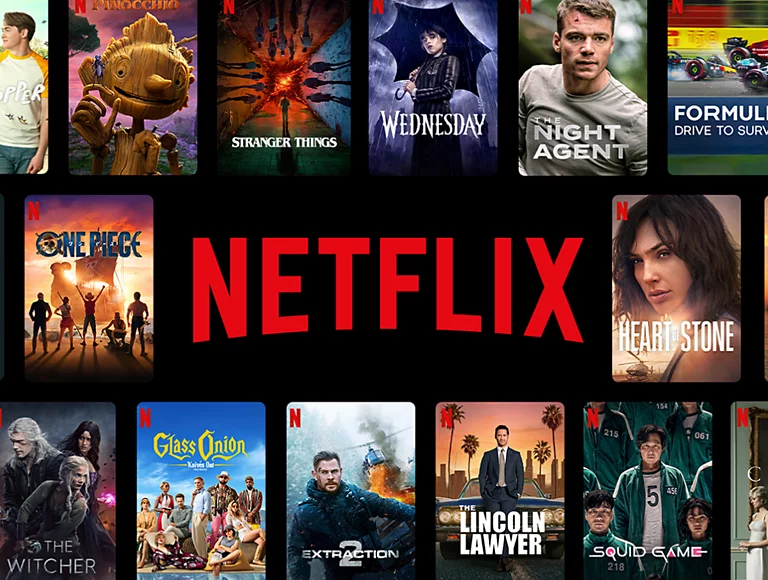
So if you are on a limited data plan, streaming Netflix can use up your allowance quickly. Therefore, choosing a reliable data plan with fast data speed and the chance to top up data plan easily is a key. That way, you can stream without any problems.
Consider trying out the Phonecaswise eSIM data plan. It’s been my go-to whenever I travel overseas. It covers a whopping 150 countries, so I never have to worry about being without data. Plus, the 4G/5G speeds are super fast, like lightning! So, if you want a hassle-free streaming experience, give Phonecaswise a shot. You won’t be disappointed!
How much data does Netflix use?
According to Netflix, data usage per hour of streaming ranges from 0.3GB on low quality to 7GB on ultra high definition. The exact amount depends significantly on video resolution.
Here is an overview of how much data Netflix uses per hour based on video quality:
- Basic/Low quality (up to 480p): 0.3 GB per hour
- Standard/Medium quality (720p): 0.7 GB per hour
- High quality (1080p): 3 GB per hour
- Ultra High Definition 4K: 7 GB per hour
The default setting on Netflix automatically adjusts quality based on your internet speed and uses about 1 GB per hour.
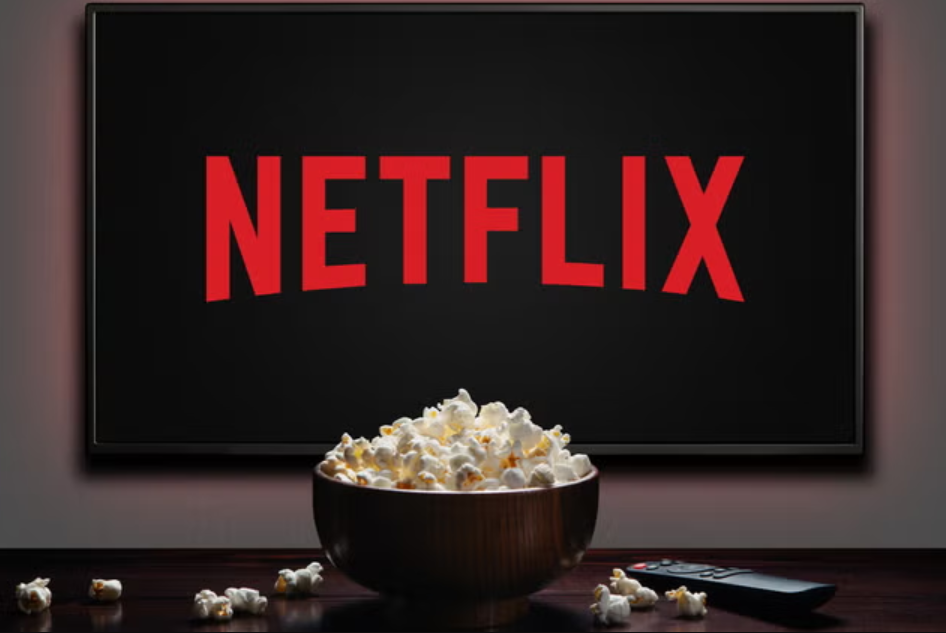
Additionally, longer videos like movies use more total data than shorter TV show episodes. Downloading Netflix content for offline viewing also consumes a similar amount of data.
FAQs
1. Does Netflix use a lot of data?
Compared to other streaming services and online activities, Netflix is one of the more data-intensive applications. Video streaming requires significant bandwidth to transmit the large video files to your device seamlessly.
However, with average usage of 1 GB per hour of streaming, Netflix data demands are not extreme for most modern internet connections. Still, users need to be aware that streaming hours of ultra HD or 4K content can consume data much faster. So those with capped or slower internet plans need to monitor their usage more closely.
2. How long will 1GB of data last on Netflix?
If you stream Netflix on the default “Auto” setting which uses 1GB per hour, 1GB of data will last for about 1 hour.
On the lowest, basic quality setting, 1GB of data will last for approximately 3 hours of Netflix streaming. For medium and high quality streams, 1GB lasts just 1.5 hours and 20 minutes respectively.
So based on your video resolution settings on Netflix, 1GB of data can deliver between 20 minutes to 3 hours of streaming on a single device.
3. How many GB does a 2 hour movie use on Netflix?
A typical 2 hour movie on Netflix uses:
- Basic quality: 0.6 GB
- Standard quality: 1.4 GB
- High quality: 6 GB
- Ultra HD 4K: 14 GB
As you can see, a single long movie can use a lot of data at higher resolutions like 4K. Setting video quality appropriately can help minimize data consumption.
Wrap up
To sum up, how much data does Netflix use? In fact, Netflix usage can vary substantially based on the length of content, video resolution, device streaming capabilities and network conditions. While estimates provide a reasonable guideline, actual usage may differ.
With video streaming only growing in popularity, getting a handle on usage and optimizing data is key to avoiding surprises in internet bills. Carefully tracking data consumed by Netflix and other streaming apps provides the visibility needed to make informed decisions.
Finally, consider sharing this article with your fellow friends! Thank you for coming.




